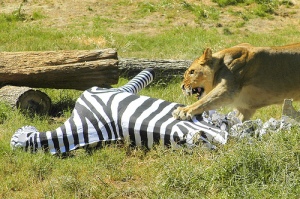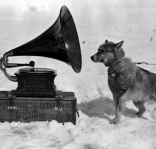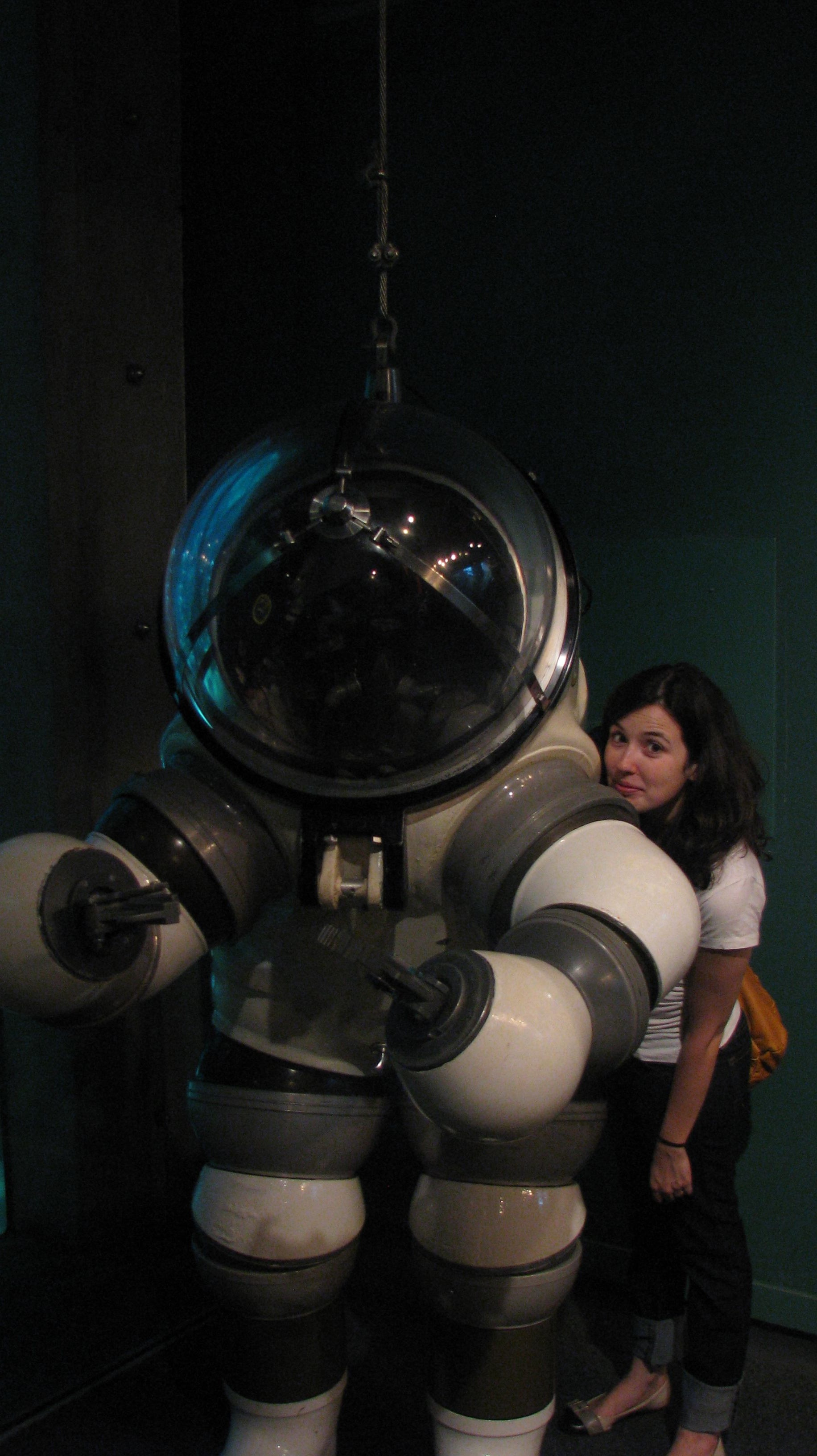
Lioness attacks a zebra piñata. Photo credit.
It was graduation day at the Seattle Aquarium when I first heard of animal enrichment. I had been training for about two months before starting weekly shifts as an interpreter at the invertebrate tanks. My class was composed of about 60 other biologists, naturalists, teachers, and divers. As a treat – both for us and for the animals – after completing our training, we were taken to the sea otter tank. We watched from behind the glass as one of the Aquarium workers brought up a tall ladder – the same ladder which would later become my best friend in Aquarium activities. The Aquarium keeper also brought it a big iced bucket. Holding on to it, bucket and ladder, the she climbed up to a point where she was above the tank, dangling over the water. The three sea otters reconvened at the sight, and starting rolling around in the water as they waited for their precious bucket. This was an enrichment session.
“Enrichment” is a way a Zoo can save their animals from cabin fever. It is the equivalent of Internet or Facebook for a freelancer stuck in his studio apartment during a snow storm. It is distraction, curiosity, and novelty. It offers animals a chance to explore and behave like they would in the wild: forage for food, or hunt for prey (more on this later).
The sea otters got a bucket containing a plastic toy, which had been filled with water and frozen. Toy popsicle, or toysicle (they also get fishsicles and shrimpsicles). The entire frozen contraption is then tossed to the animals so they can play and exercise their mental abilities – or simply to find out what is inside. It reminded me of those dog toys with a treat inside – the dog has to chew, tinker, roll, and play with it, until the treat is released. Torture? We torture ourselves working through puzzles or, you know, curing cancer.
Turns out the “frozen bucket of something” is a common practice in Zoos and Aquariums. This “popsicle” can be made of frozen fruits for monkeys or pandas, or seafood for otters. For feline carnivores like lions, Sarah Putnan of the Smithosnina Zoo has designed the quail-pop or quailsicle: a quail is placed inside a bucket with its legs sticking out, filled with water, and frozen.
But frozen buckets are not the only enrichment option. The giant octopus I used to feed (atop the giant ladder mentioned above) at the Seattle Aquarium enjoyed playing with an empty peanut butter jar (Youtube is full of examples). Unscrewing the lid is sudoku for molluscs. At the National Zoo, apes play with towels, pandas interact with burlap sacks, lions shred cardboard boxes (really) and chew on horsetails (the National Zoo has a facebook photo set with some animals and their popsicles and towels). Animals can also “attack” too: small felines will hunt for small goldfish the keepers place in their ponds . Sounds like a busy life.
But what my colleagues and I got that day at the aquarium was also “human”enrichment – the chance to meet the animals and get to learn about their personalities. Back then they were just “the otters”. Only later I would start distinguishing them – one male and two females – and calling each one by their names (the Alaskan Aadas, Lootas, and Aniak, which was recently joined by pup Sekiu). Even river and sea otters looked alike before I started interpreting. Now I don’t understand how I could have been so blind: they are worlds apart, like a human and a chimp.






